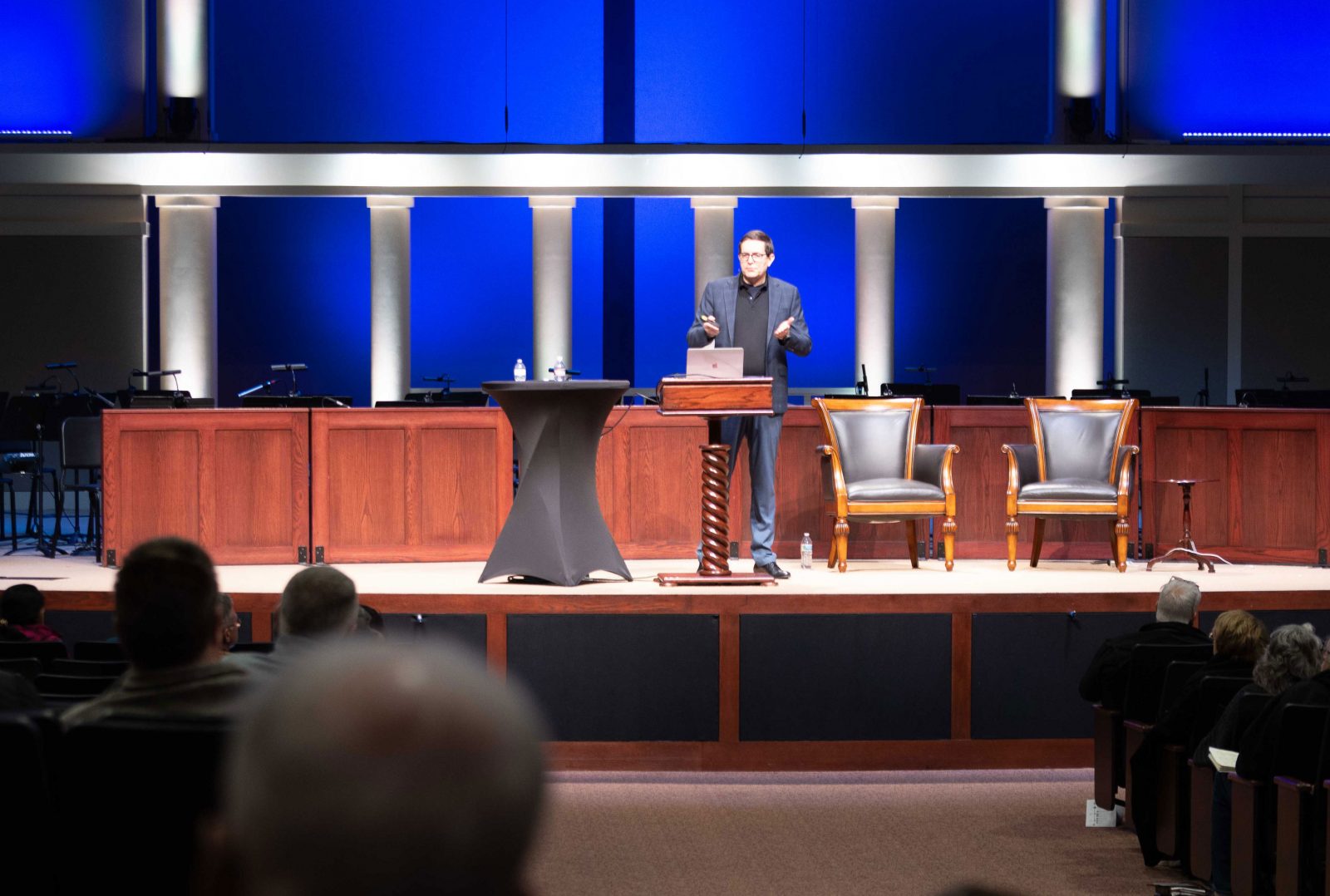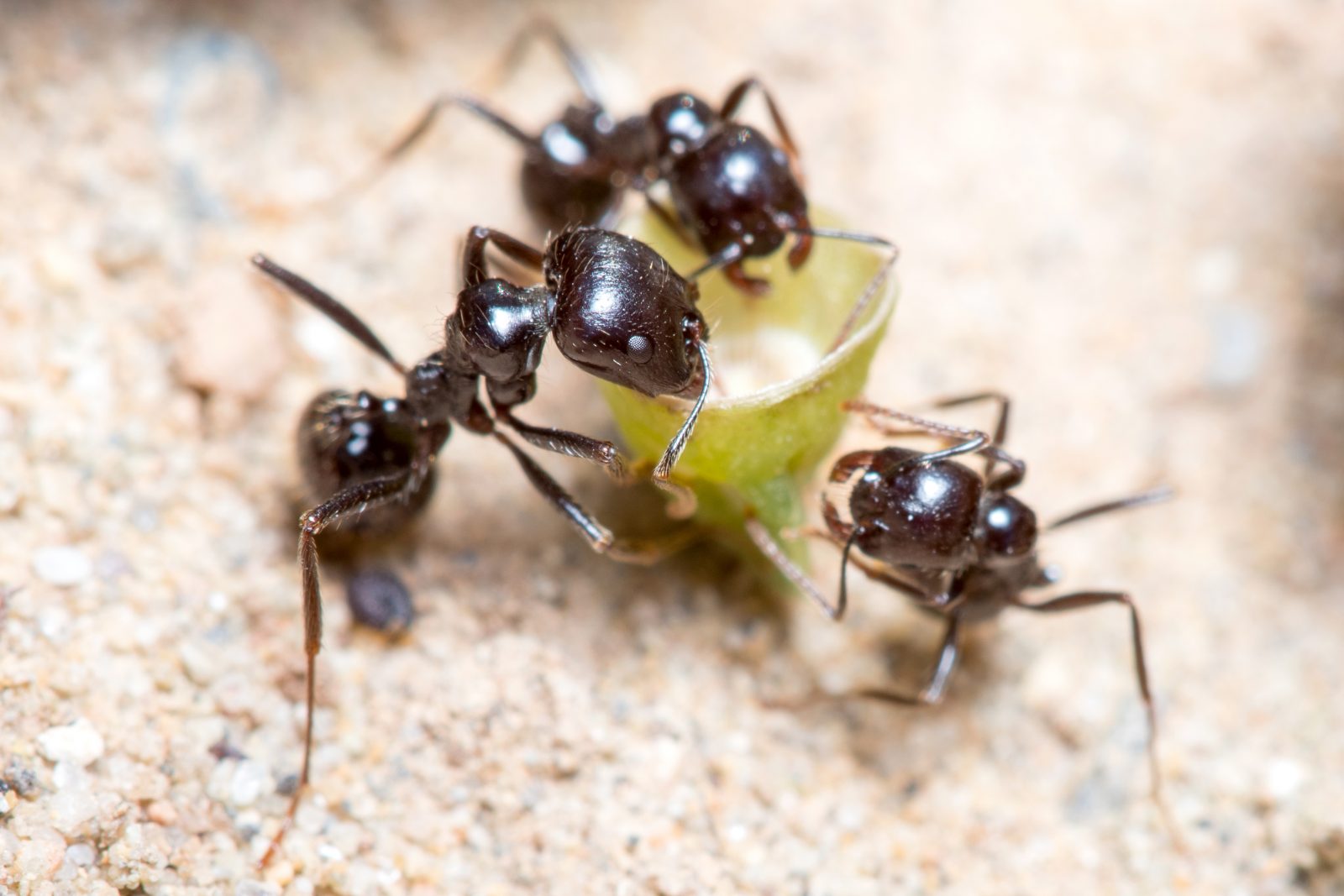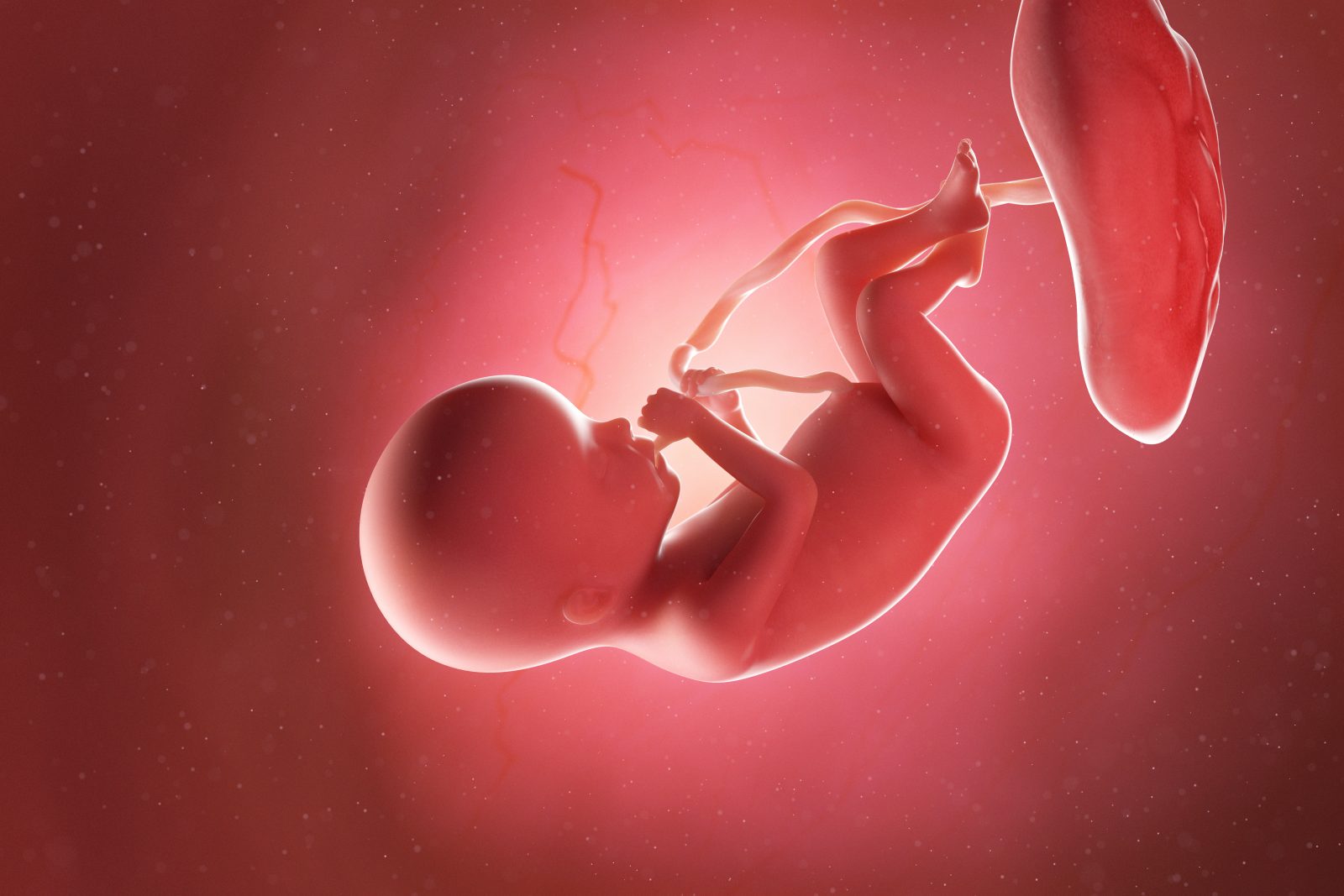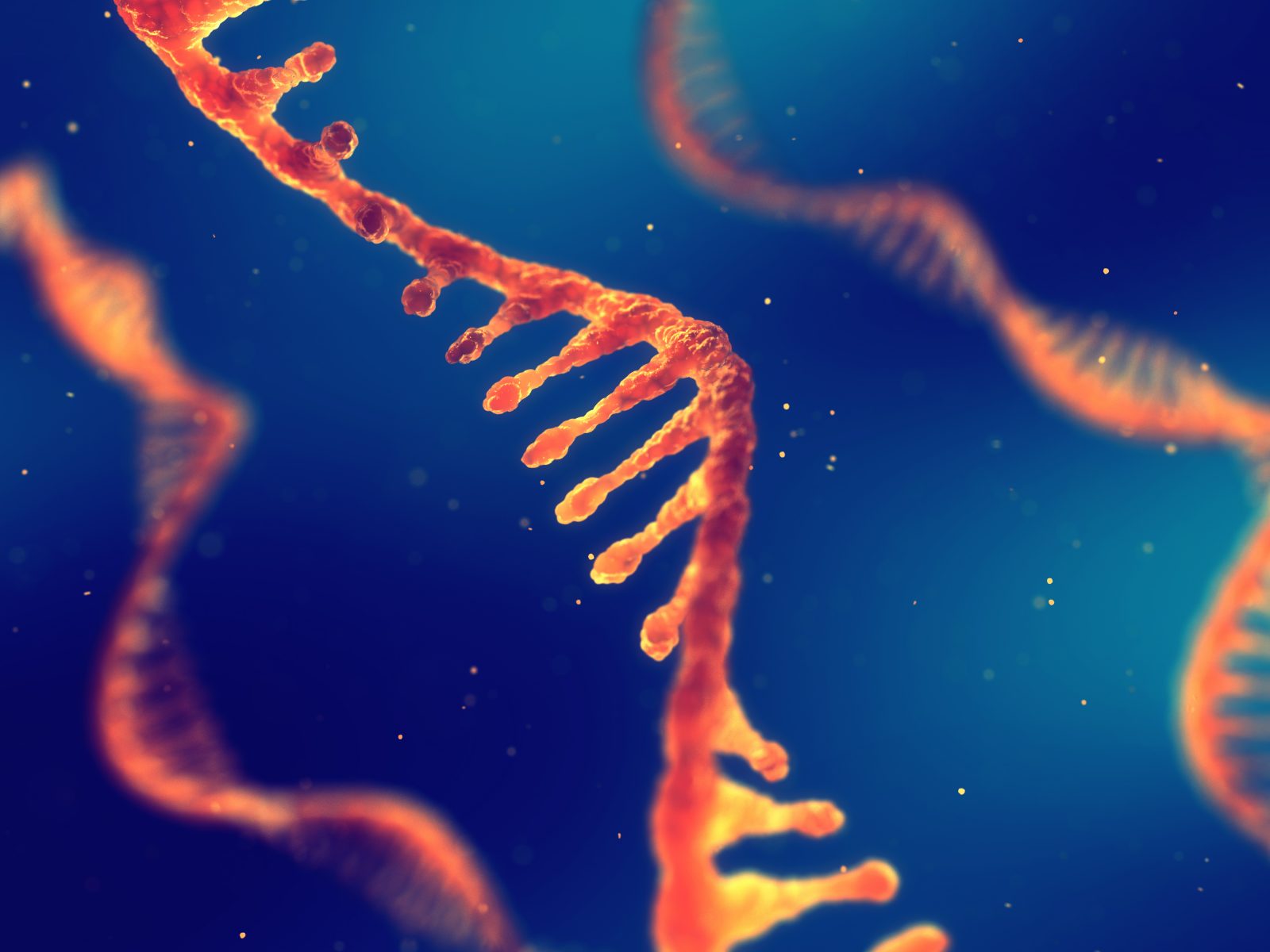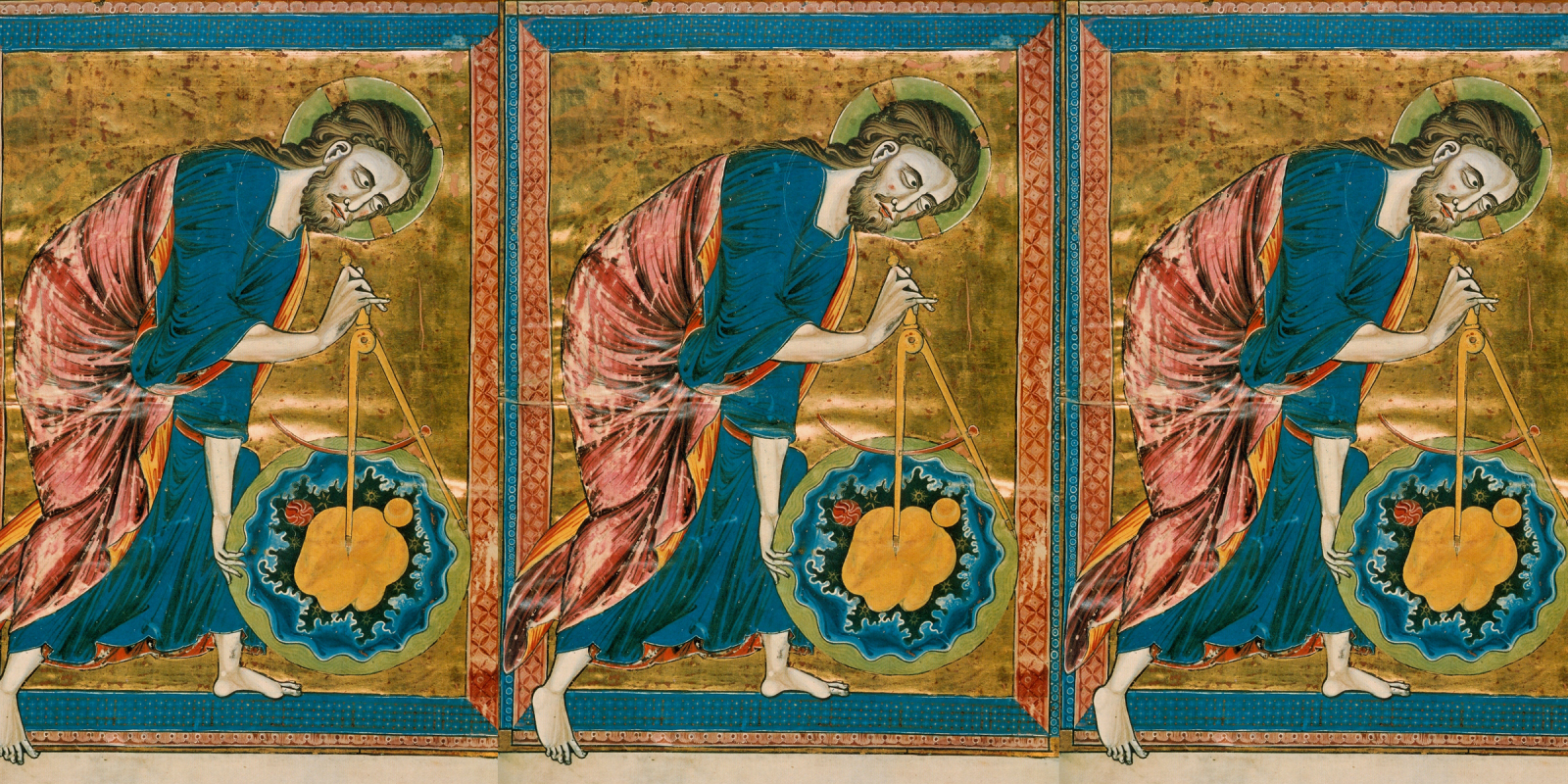On today’s ID the future, German paleoentomologist Günter Bechly and host Casey Luskin unpack a recent article of Bechly’s at Evolution News, “Species Pairs: A New Challenge to Darwinists.” There Bechly describes a challenge to evolutionary theory that thus far has been given little attention, namely “the morphological similarity of modern species pairs.” He says this “poses a severe problem for Darwinian theory “because it implies that the macroevolutionary processes that allegedly were at work and common during all periods of Earth history and in all groups of organisms, apparently were totally absent in the origins of all of the millions of living species.” Or as he puts it in a follow-up article on the same topic, “Among the 350,000 described fossil species, we can identify numerous abrupt origins of new body plans within a 5–10 million years window of time. Among an estimated 8.7 million recent species we find no such body plan disparity in any pairs of species that diverged in a similar time frame according to molecular clock studies. This contradicts expectations from a Darwinian perspective.” Species pairs Bechly and Luskin discuss include firs and cedars (both of them conifers), species of houseflies, the tree sparrow and house sparrow, the marine iguana and land iguana, the Moor frog and the European common frog, and two varieties of damselfly. Bechly says that far from being exceptions to the rule, these species pairs, which have diverged very little over millions of years, are the rule, so much so that he’s waiting to be shown a single counterexample. What about something like Hawaiian honeycreepers, with their widely varying colors and beak shapes? Bechly says that in all the ways that they vary, it’s been shown that only one or two genetic switches need to be made to account for the divergences. This is very different from cases where an entire new body plan or system appears, such as the countercurrent heat exchange found in whales. It’s these dramatic innovations that modern evolutionary theory needs to explain, and it’s precisely the kind of change we don’t see in any modern species pairs, according to Bechly. In addition to providing a lively summary of his article, Bechly also spars with Luskin, who gamely plays the devil’s advocate and poses a series of objections that a modern Darwinist might lob. Tune into hear how the German paleontologist responds.
